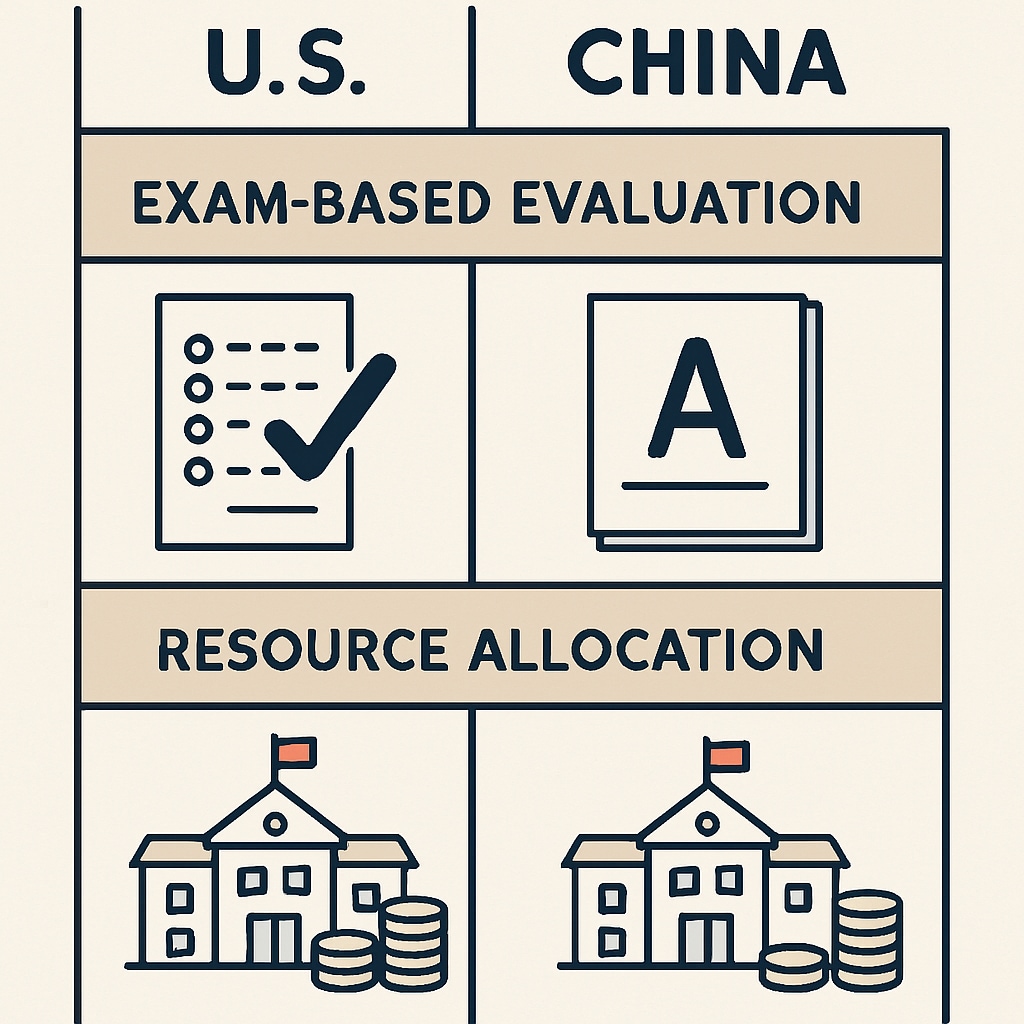The American education system has undergone significant changes in recent decades, emphasizing equality over competition and elite development. Policies that de-emphasize exam-based evaluations, redistribute resources, and phase out gifted education programs have sparked debates about their impact on student academic performance and long-term societal outcomes. This shift raises critical questions about resource allocation, education quality, and whether the focus on equality is ultimately beneficial for students. By comparing the U.S. approach with the competitive educational model in countries like China, we can better understand the implications of these decisions.
The Decline of Elite Development in American Schools
Historically, the American education system celebrated academic excellence and fostered elite development through programs such as gifted education and Advanced Placement (AP) courses. These initiatives encouraged high-achieving students to excel and provided environments tailored to their intellectual needs. However, recent trends reveal a departure from this philosophy, with many schools eliminating or reducing gifted education programs in the name of equality. For example, in 2021, New York City announced plans to phase out its gifted and talented programs, citing concerns about equity and diversity.

While the intention to create equitable learning opportunities is commendable, critics argue that removing these programs penalizes high-performing students who thrive in competitive settings. Without targeted opportunities to challenge their intellect, gifted students may lose motivation, leading to underachievement and disengagement. Furthermore, these changes may widen the achievement gap in international academic comparisons, as countries like China continue to prioritize rigorous academic standards and elite development.
Equality vs. Academic Performance: A Complex Balancing Act
One of the central debates in the American education system revolves around the balance between equality and academic performance. Policies designed to reduce competition—such as eliminating standardized tests as graduation requirements—are intended to level the playing field for students from diverse socioeconomic backgrounds. However, these measures often lead to unintended consequences.
For example, California recently adopted a policy to make standardized tests optional for college admissions, arguing that such exams disadvantage underprivileged students. While this approach promotes inclusivity, it also removes a critical metric for evaluating academic proficiency. As a result, colleges may struggle to identify truly qualified candidates, potentially diluting the quality of higher education. In contrast, Chinese schools maintain rigorous exam-based systems, ensuring that top-performing students are identified and supported.

In addition to exam policies, resource allocation plays a pivotal role in shaping educational outcomes. American schools often distribute funding equally rather than strategically targeting areas of need or excellence. This approach contrasts sharply with China’s model, where resources are often concentrated in high-performing schools to maximize academic achievement. While equitable resource distribution aims to reduce disparities, it can inadvertently limit opportunities for students in high-achieving districts.
Global Implications of America’s Educational Shift
The consequences of America’s shift from elite development to equality extend beyond individual schools and students, impacting the nation’s global competitiveness. As countries like China and South Korea continue to produce top-tier STEM graduates and outperform the U.S. in international rankings, the question arises: Can equality-focused policies sustain America’s future workforce?
In addition to academic performance, this shift impacts innovation and economic growth. Elite programs often serve as incubators for the next generation of scientists, engineers, and entrepreneurs. Without robust mechanisms to nurture high-achieving students, America risks falling behind in critical fields like technology and medicine. As a result, policymakers must reconsider whether the current focus on equality aligns with the nation’s long-term goals.
Readability guidance: Short paragraphs, active voice, and logical transitions are used to ensure clarity. Lists and charts are included to summarize key points effectively. Overuse of technical jargon is avoided to maintain accessibility for a general audience.


